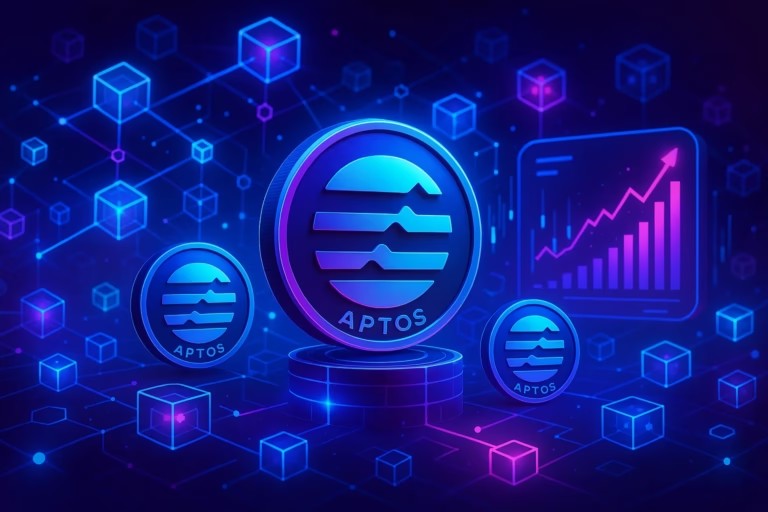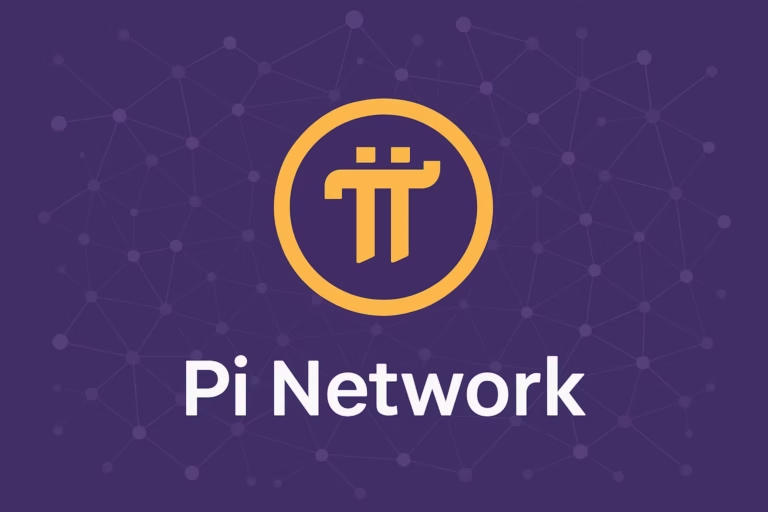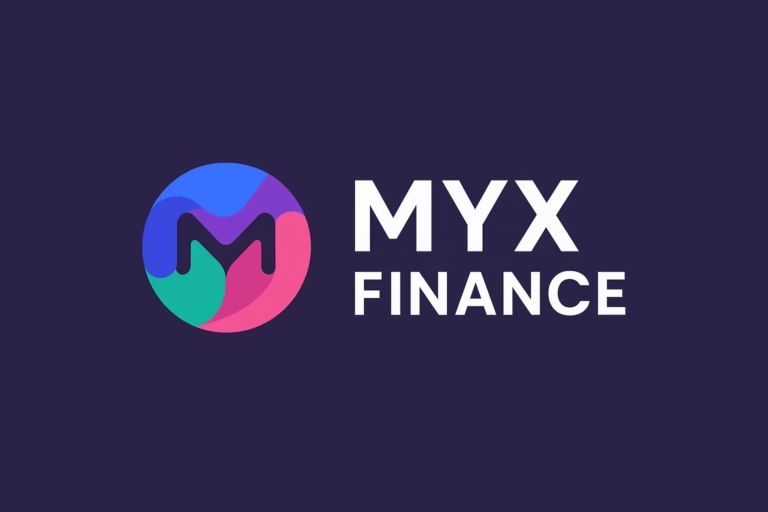
- IOTA’s Tangle is a decentralized distributed ledger technology built on a Directed Acyclic Graph (DAG), offering scalability, no transaction fees, and instant transfers, setting the foundation for Web3.
- With its shift to Delegated Proof of Stake (DPoS) in IOTA 2.0, the network enhances security and decentralization, positioning itself as a key player in the future of decentralized internet infrastructure.
As the world embraces the decentralized future, IOTA’s Tangle technology is paving the way for a new era of digital communication and transaction systems. Unlike traditional blockchain models, IOTA’s Tangle operates on an innovative structure that promises scalability, zero transaction fees, and instantaneous transfers. Here’s a breakdown of what makes the IOTA Tangle a revolutionary leap for Web3.
What Is IOTA Tangle?
The IOTA Tangle is a unique type of distributed ledger technology (DLT) built on a Directed Acyclic Graph (DAG) rather than the traditional blockchain. Unlike linear blockchains where blocks are linked in a chain, Tangle nodes are interconnected, enabling a highly scalable, decentralized infrastructure.
IOTA’s design is focused on supporting the Web3 vision—an internet where data, communication protocols, and content are decentralized, not controlled by central entities. By using a DAG structure, IOTA ensures that each transaction validates two previous transactions, speeding up the entire network while also eliminating the need for miners.
The Road to IOTA 2.0: Overcoming Challenges
The evolution of IOTA hasn’t been without its hurdles. Initially, the IOTA network employed a Proof of Work (PoW) system similar to Bitcoin’s, but with fewer energy requirements. However, to eliminate vulnerabilities such as susceptibility to attacks, IOTA introduced a “Coordinator” role to secure the network. This was a centralized authority, which somewhat contradicted IOTA’s decentralized ethos.
In 2019, the IOTA Foundation set out to remove this centralized element through a major overhaul called “Coordicide,” which led to the development of IOTA 2.0. Released to the public testnet in May 2024, this upgrade replaces PoW with Delegated Proof of Stake (DPoS), enhancing security and further decentralizing the network.
How Does the Tangle Work?
The IOTA Tangle is different from traditional blockchains in its structure and transaction process. When a user makes a transaction, it doesn’t rely on a block of previous transactions. Instead, it directly links to two other transactions. This creates a web of interconnected data that is verified through a process called “gossiping,” where nodes communicate with their neighbors to propagate information across the network. Validators then check the validity of these transactions before adding them to the Tangle.
The more a transaction is referenced by other transactions, the more weight it carries, ensuring that the network remains secure and scalable without requiring a central authority.
Tokenomics and Mana: Fueling the Tangle
IOTA’s token, IOTA, is used to participate in the network’s consensus mechanism. Users can stake IOTA tokens to become validators or delegate their tokens to chosen validators. The more tokens a validator has, the higher the chance they have of being selected to validate transactions.
Instead of using traditional transaction fees, IOTA utilizes a system called “Mana,” which rewards validators and delegators for participating in the consensus. Mana isn’t traded on exchanges but can be acquired by staking IOTA tokens or purchasing it from other holders to pay network fees.
A Bold Leap Toward a Decentralized Web
The IOTA Tangle isn’t just another DLT—it’s a transformative concept that could unlock a truly decentralized Web3. By addressing blockchain’s scalability issues and eliminating transaction fees, IOTA is positioned to support the growing demands of the Internet of Things (IoT) and beyond. With IOTA 2.0’s release, the Tangle is ready to play a crucial role in shaping the next iteration of the internet, one where data and value flow freely without centralized control.
As IOTA continues to innovate, its potential to drive decentralized applications and services becomes increasingly clear, making it a technology to watch closely in the years ahead.




